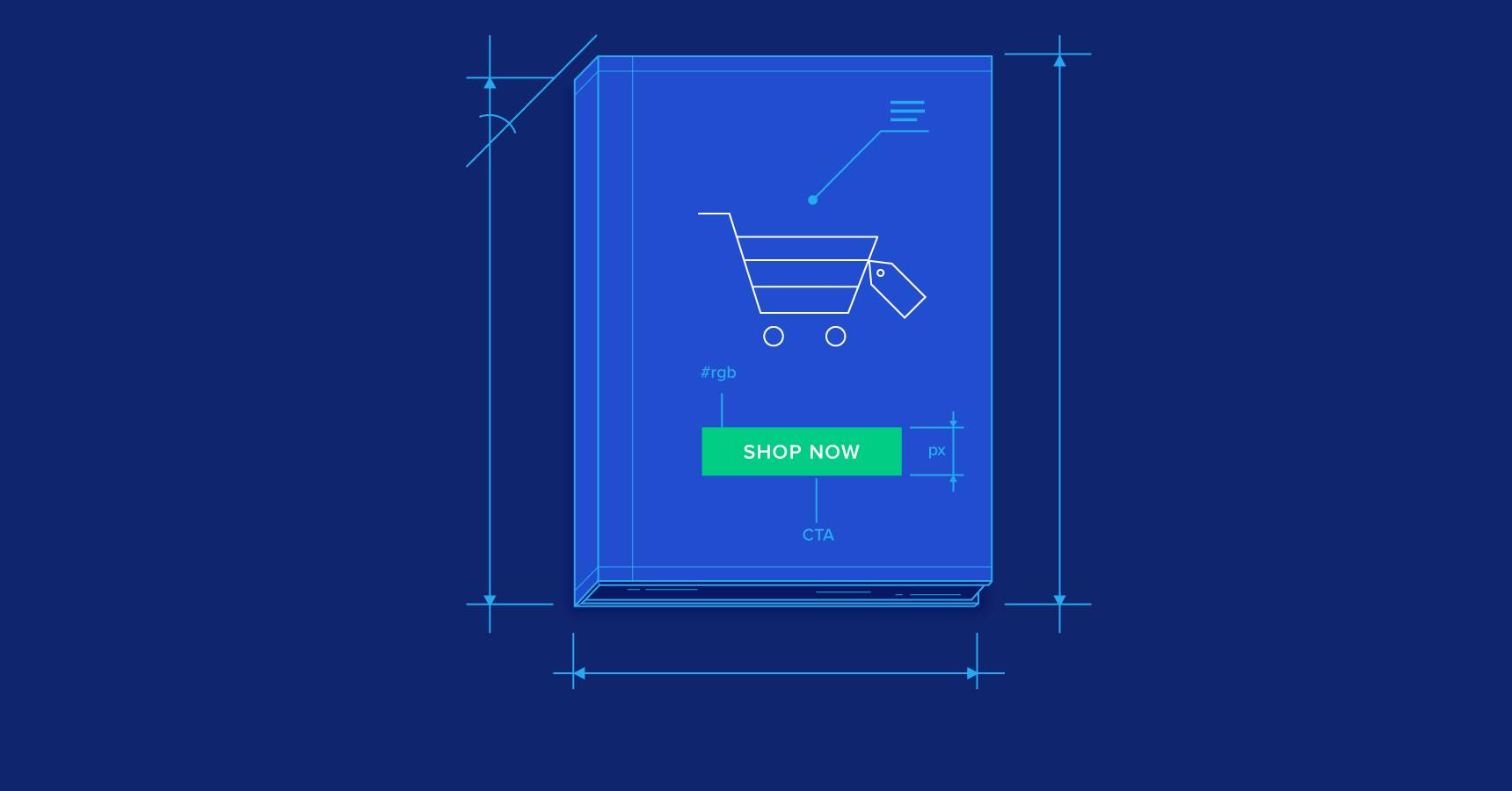The challenges that any e-commerce start-up faces are quite different of offline sales. Even if one has an established brand starting an online sales channel can pose certain unique challenges which are to be overcome necessarily to make it successful. As e-commerce is booming, the number of online digital platform sellers is also rising, every new entry showcases a new approach and strategy to attract more people to the site and generate sales. If one fires a query over any search engine, for one product person gets multiple options. To carve a niche for your own brand you will require consistent and smart effort, failing which, you may miss the opportunity of increasing sales and of course vital investment of time and money.
Here we will try to discuss and find a way to overcome the challenges that founders of any online startup face generally. Of course, no matter how hard we think or discuss, expecting that we can invent a one-line formula to resolve any problem will be far-fetched. What we can expect are ideas to try something different from what is not working and get results.
Generate Targeted Traffic –
In many cases, founders focus and try hard to bring more footfall to the site. In cursory view, it seems a good idea as more people visiting the site increases the chances of more sales. However, mostly, it does not happen that way. Generating more traffic from anywhere and anyhow only pikes your advertisement cost. Startups end up paying much higher bills for campaigns and get little in return. It is better, at least in the beginning, to focus on the section of customers who have a higher potential for making a purchase. For example, if you are selling smartwatches focus more on the working class, as these people will easily relate their needs to the product. Social media posts, hashtags, backlinks, guest blogging, site postings, and press releases are a few of the many ways that help a company target the section of buyers with higher potential for purchase.
If you are dealing with a product or service that has mass appeal, say a mobile phone, it is advisable to target the section based on price, unique features, etc. Even for a commodity as commonly used as a mobile phone, every buyer has his own budget, expectations, and inclinations. It is wise to address the section of buyers who have matching demands than others that expect something different.
Efforts to approach the targeted audience may bring results slowly but these will also keep expenses under control. If your expenses are in control, you get a longer time span in the market and less strain on cash resources.
Manage stock efficiently –
If your buyer sees an ‘Out of stock message on the site it can turn him away, maybe forever. As an online seller, it is literally not the happening scenario for you. Keep buffer stock, or some other way to cope with a sudden rise in demand but manage stock and do not let your buyer go away from the site because of the unavailability of products.
Many sites instead of flashing a product unavailable message increase shipping duration by a few days. Although delayed shipping is also irritating for online buyers but far less compared to a no-stock situation. You can apply AI-based tools that can help you to predict demand and manage supplies. In case you are a manufacturer, maintain sufficient stock or capability to produce on short notice to match sudden perk in demand.
If you plan to float an offer or product on a special discount assess the duration intelligently. Do not overrun the offer. People visiting your site do not construe anything positive if they see the same offer available for an extended period. Even if you have not achieved the kind of sales you were expecting, restart the offer sometime later but avoid extending the duration unless absolutely necessary.
Handle your competition –
If you are the founder or owner of the company in my opinion it will be the best contribution you can make. Understanding and proper analysis of competition can answer many questions of your team, those can prove vital for correct decision-making.
When you are in the online spelling arena you will face well-funded and very active competitors. These will regularly upgrade and enhance user experience and will incorporate the latest tools and technology to keep their eCommerce site sophisticated. To remain in the competition, you should keep a keen eye on modifications made by competing websites.
Technology is changing rapidly. Almost every week you may come across something new that may improve the User experience on your site. Keep in regular touch with new arrivals and intelligently assess if these can be used.
Do not try to match your competition step by step. Users are quick to note if you are simply following in the footsteps of a few brands in presentation and user experience. Provide features that fit your brand’s image, and also product. Product categorization, smart search, details of products, images, and reviews are a few things that affect every buyer. Make sure that you are better than your competition in these.
Of course, speed is very important. Add new features and smart ones too but not at the cost of speed. Do not sacrifice speed for anything and sacrifice anything for stability, is a golden rule. Slowness can turn off even a loyal customer. If any feature is increasing loading time or latency while switching screens, manage such features in different ways.
User-friendliness –
People often mix up User-friendliness with User experience, the latter is the outcome of the former. A User-friendly site will always lead to a better User experience. And make no mistake, at times you need to determine the friendliness of your UI with the kind of product or service you are offering. For e.g., over a Medical or Healthcare site, an emergency button up front is a good UI, but a panic button over a Car/Taxi booking site may look awkward.
Categorize your products/services smartly. Do not rely on the search feature too much, not every customer is keen to type. Keep CTAs self-explanatory as much as possible. Provide category-based information on the screen. Provide all the necessary details about the product to ensure that the customer understands what he is buying.
Easy checkout is not only engaging but also increases sales. A guest login option for first-time users can turn them into loyal customers. Cart management shall be easy and up-to-date and include a variety of payment options.
Avoid Hidden prices –
If you are compelled to add shipping or handling charges include these in the price. No one likes extra bucks added to the bill after purchase even if the addition is genuine. Always let the customer know how much he saved or what extra he has gained by shopping with you.
Personalization –
Keeping history is a very good way to generate brand loyalty. But be very clear if you are using cookies. Give the customer the information and ask for permission as soon as the customer lands on the site for the first time. Maintaining a record of a customer’s last visit not only has emotional value but also makes things convenient. Take care of personalization not only over the site but also in mailers. Mix information in your emails relating to customers’ last interest or purchase and new products.
Return policy –
It is related to your credit. An easy and customer-centric return policy increases confidence in the brand. Try and keep it as simple as possible and if it is slightly inclined towards customers even better. Keep the return process short and convenient. Make sure that your customer support staff deals with customers returning products politely and treats them as graciously as they would do to a buyer. If there are products that are non-returnable like food products or similar ones, mention them on the site very clearly.
If you are dealing with products that need some kind of installation process, keep a ticket management system. People would need support even at odd hours and they should find someone to help.
Relate to a higher purpose –
Buying and selling are part of daily life. Everyone does that and it makes no difference to anyone if they have got what they wanted. If doing business with your company means a contribution to a higher purpose like helping people with lesser resources, simple buying becomes special. Many successful brands make substantial contributions to social causes and engage their customers in it as well indirectly. This brings a sense of pride in the customer’s mind and generates brand loyalty.
Today, starting an online platform is easier than starting a shop. But making it popular and productive requires smart work and patience. Going all out to make it a success is a recipe for failure. Go slow and steady and take every step forward. There are many solutions to a problem, and you need to pick the most suitable and effective one. Do not try too many things at the same time, judge them after careful analysis and ensure that whatever you do does not come with the risk of backfiring. The consistent and well-planned effort pays off in online business.



